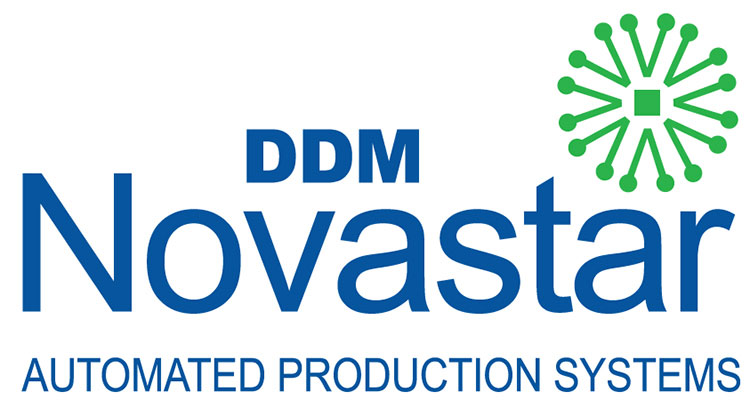Through-Hole Technology
Through-Hole technology is a method for constructing electronic circuits in which the pin-through-hole (PTH) components are inserted through holes drilled into printed circuit boards (PCBs). The ends, or leads, are then affixed to pads on the opposite side with molten metal solder using wave soldering or reflow soldering equipment. This process is also called through-hole assembly.
Through-Hole technology replaced early electronics assembly techniques such as point-to-point construction. From the second generation of computers in the 1950s until surface-mount technology became popular in the late 1980s, every component on a typical PCB was a through-hole component.
While through-hole mounting provides stronger mechanical bonds than surface-mount technology techniques, the additional drilling required makes the boards more expensive to produce. It also limits the available routing area for signal traces on multilayer boards since the holes must pass through all layers to the opposite side. For these reasons, through-hole mounting is normally reserved for bulkier components such as electrolytic capacitors or semiconductors in large packages that require additional mounting strength to endure physical stress.
See an overview of DDM Novastar through hole equipment

